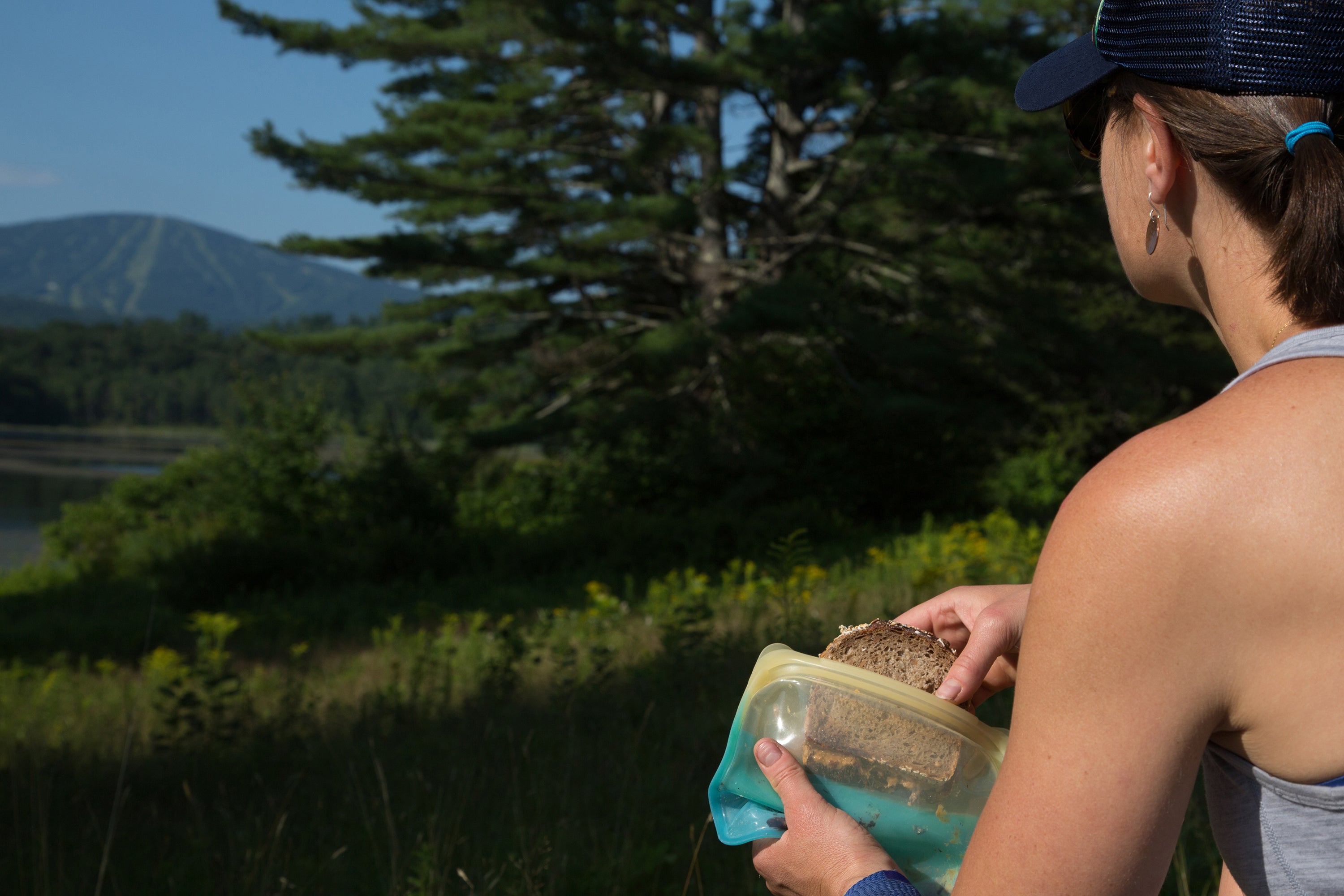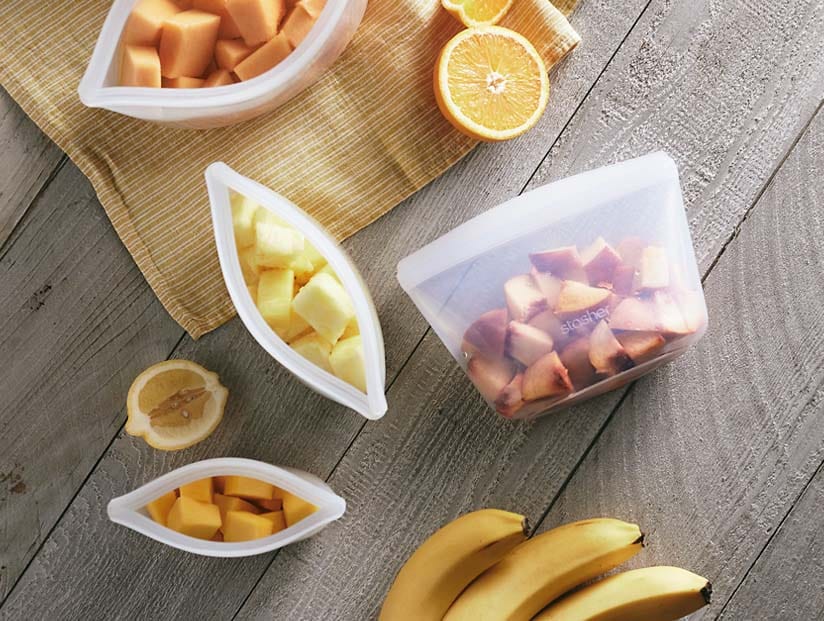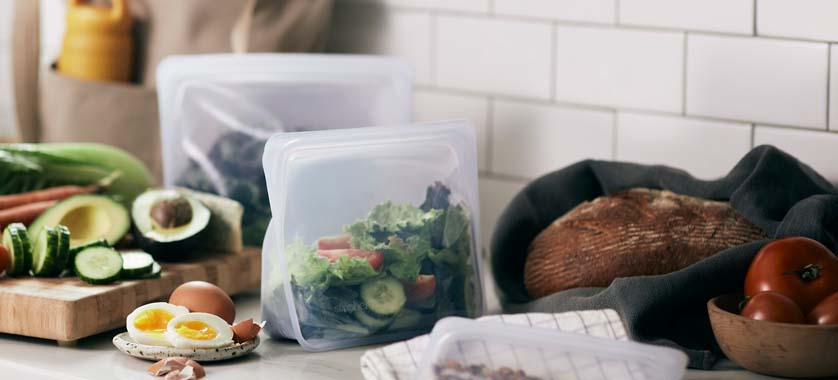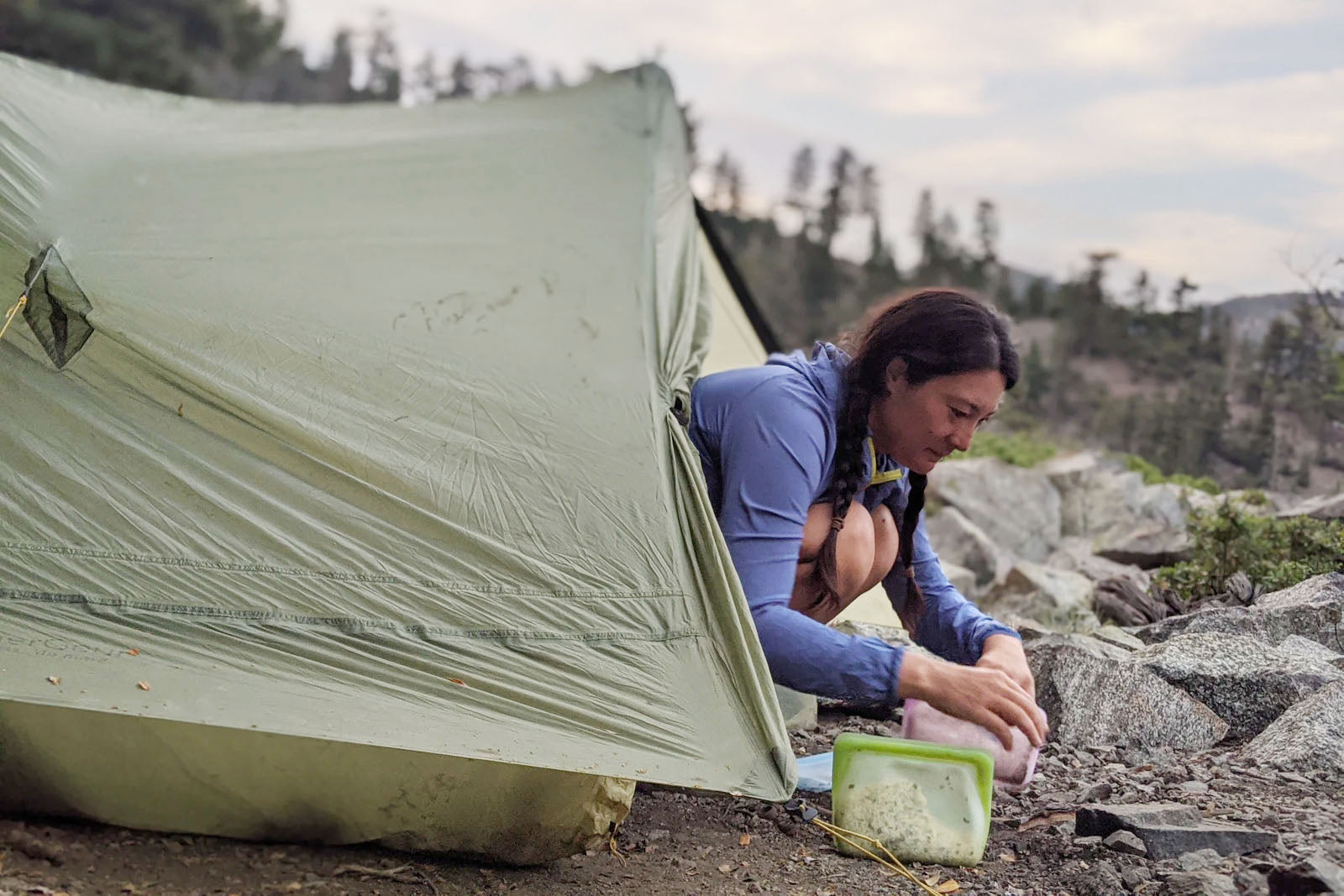
How to Pack a Backpack for a Multi-Day Hike
Berne Broudy, a Vermont-based writer, photographer, and adventurer, has been reporting on hiking, biking, skiing, overlanding, travel, climbing, kayaking, and anything else you can do outdoors plus the gear you need to do it for category-leading publications in the U.S., UK, Spain, Germany and beyond.

Escaping into the woods on the power of my own legs is one of my favorite things to do. A properly packed backpack makes hiking for many miles over multiple days a delight not a distraction from the epic views and the bliss of being deep in nature.
Start with a properly fit pack. Then load it so that the weight takes the least toll on your body, while packing your gear, food, outerwear, and other essentials so you can get to them when you need them.
I start by cramming the heaviest and bulkiest items low in my pack. That positions the weight where the waistbelt can best support it, and where it pulls least on the pack’s shoulder straps. I load a Stand-Up Mega with bulk food, like oatmeal and dried fruit for breakfasts, and I put that in the bottom of my bag. Dog food packed in another Stand-Up Mega goes next. Then I work my compressed sleeping bag and sleeping pad as low into the pack as they’ll go. If there’s room inside my pack for my tent, I place it vertically along one side so I can grab it if I need to get out of the weather fast. My water reservoir lays against my back, with the weight of the water as low as I can get it. If I’m back-packing with bottles not a reservoir, I tuck those into the backpack’s outside pockets as low on the pack as I can get them.

It’s important to keep snacks where you can reach them. I use one waistbelt pocket to hold my snacks and the other for dog treats. Typically, I load almonds, raisins, chocolate chunks, and coconut flakes into a Stasher Snack bag and tuck it inside my left waistbelt pocket, where I can grab a nibble with or without a rest stop. Stasher bags are easy to reload, and unlike a single use plastic bag it won’t get a hole in it. I use a second Snack Bag in my right hand waistbelt pocket for dog treats. By keeping snacks and treats in a Stasher instead of dumping GORP and dog yummies into my pack’s waist pocket or my pants pocket, when I’m backpacking in bear country, I can remove the Snack bag and store them in my bear canister overnight.
The lid of my pack is where I keep small and important gear, including items I may need to get to during the day. I organize everything into pouches so I can find what I need without searching. Toothbrush, toothpaste, floss, face cream, bug wipes and sunscreen live in a Stasher Stand Up Mini. I keep my inReach emergency beacon, knife, fork, lighter, phone cord, charger block, headlamp and electronics charging cords in a Go Bag. The Go Bag’s handy carabiner clips onto my tent gear loft at night. My first aid kit stores in the Nylon bag it came in. Sometimes I slip that in with toiletries, repair stuff, or my journal.

The length of the hike determines how and what I eat on the trail. I do everything I can to avoid carrying and carrying out a load of trash. I prefer packaging-free, quick-cook meals for breakfast and dinner, like oats and dried fruit with maple sugar in the morning, and rice noodles with dehydrated coconut cream and curry powder, dried veggies, and a dehydrated protein, like TVP for dinner. For longer trips, I assemble bulk bags of my favorite meals in a Stasher Half Gallon. I bring a Stasher Sandwich bag to hold lunch. Then at dinner time, I load my empty Sandwich bag with my dehydrated meal, add boiling water, and the bag doubles as a bowl. I rinse and reuse the bag for breakfast, then pack it again for lunch. I carry olive oil in a leak proof soft flask, and salt in a Stasher Pocket.

I jigsaw my stove and as much food as will fit inside my pot set before working pots and fuel into my backpack as deep into the pack as I can get it. Finally, I load my clothes, which I store in waterproof compression dry sacks and which I pack around other gear to pad awkward shaped objects. Pot edges and the top and bottom of a fuel canister can slice pack fabric if it rubs enough. I try to have soft surfaces against my back and also against the sides of the pack to minimize possible discomfort and damage.
Flip flops or slippers load last. My water filter stores in the lid of my pack if there is space, or at the top of the pack’s main compartment, where I can grab it quickly.
Whether or not the weather looks threatening, I keep a jacket close at hand, usually stuffed into an outside pocket. I also put food I want for the day outside—cheese and salami, a sandwich, a chocolate bar, dried fruit… If it’s a sunny day, I clip a trucker cap to the outside of my pack where I can grab it when I need it. Sunglasses and map or GPS go around my neck or into shoulder strap pockets if my pack has them.
I always try to take a quick walk with my pack on before I leave home and hit the trail. That way I can readjust if anything feels pokey or uncomfortable. It also gives me time to remember things I forgot, like a collapsible water bowl for my pups, my Jetboil-compatible French Press, and a deck of cards.
Then, all that’s left to do is to put my phone in airplane mode, leave the world behind, and disappear down the trail for as many days as I can.







